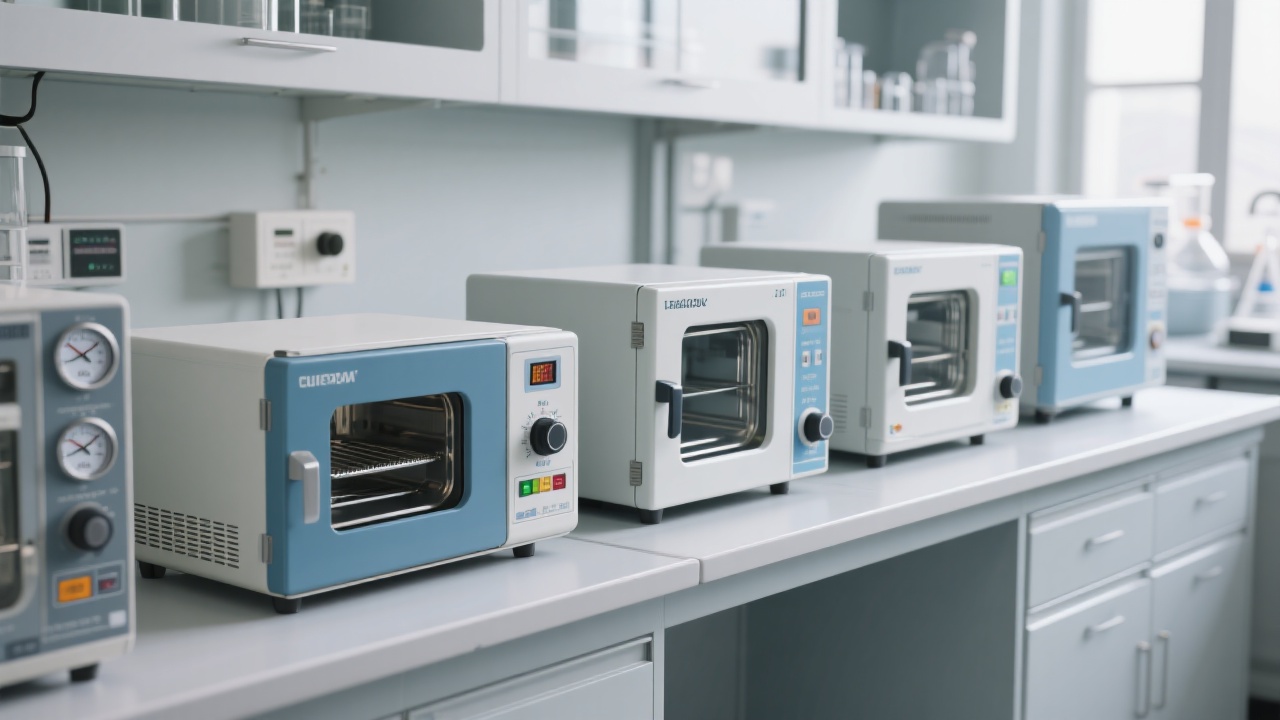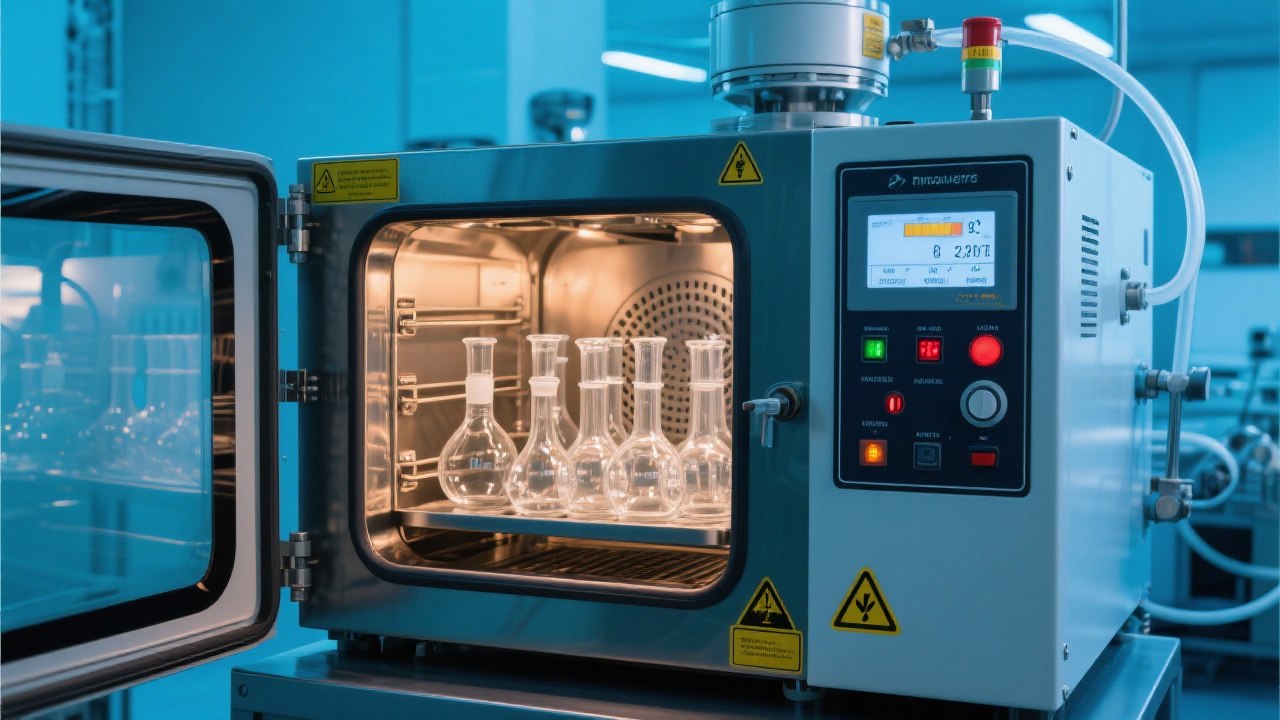
Navigating the complexities of precise material drying and heat-sensitive substance handling requires advanced solutions tailored to rigorous laboratory standards. The laboratory vacuum oven designed by Zhengzhou Keda Machinery Instrument Equipment Co., Ltd. sets a new benchmark for controlled thermal processing across pharmaceutical, electronics, and material research sectors. Meeting stringent ISO9001 and CE certification requirements, this device exemplifies robust design and technological sophistication, fostering trust among global procurement professionals.

Achieving a vacuum pressure down to 0.098MPa, the oven's advanced vacuum system significantly reduces atmospheric pressure within its 25-liter chamber. This capability enables moisture evaporation at substantially lower temperatures, effectively protecting thermally sensitive and oxidation-prone materials. Such low-temperature vacuum drying minimizes thermal degradation, making it ideal for pharmaceutical compounds, electronic components, and novel composite materials where physical and chemical integrity is paramount.
| Technical Parameter | Specification |
|---|---|
| Maximum Vacuum Pressure | 0.098 MPa |
| Chamber Volume | 25 Liters |
| Heating Power | 800 Watts |
| Material (Inner Chamber) | 304 Stainless Steel (Corrosion Resistant) |
| Temperature Control | PID Intelligent Controller with Digital Display |
| Safety Feature | Explosion-proof Configuration |
The vacuum oven incorporates a corrosion-resistant 304 stainless steel chamber, ensuring long-term durability and resistance to aggressive chemical environments commonly found in pharmaceutical substances and advanced materials research. The PID intelligent temperature control system dynamically adjusts the heating output to maintain precise temperature stability, vital to avoiding overheating and ensuring reproducible results.
Coupled with a clear digital display, operators gain instantaneous visibility into temperature and vacuum status, enhancing operational confidence and reducing errors in process control. The ergonomic design of the control interface meets international user experience standards, promoting efficiency in busy laboratory workflows.

Pharmaceutical Industry: In a leading pharmaceutical research institute, the vacuum oven facilitated the drying of heat-sensitive active pharmaceutical ingredients (APIs) with improved yield purity, reducing degradation by 15% compared to conventional ovens.
Electronics Manufacturing: A semiconductor manufacturer utilized this vacuum oven for moisture-sensitive device components. The oven’s low-temperature vacuum drying preserved microcircuit integrity, minimizing defect rates by nearly 20%.
Materials Science Labs: Research centers working on novel polymer composites achieved superior product stability and consistent batch processing through vacuum-assisted drying, enhancing experimental reproducibility and reducing cycle times by up to 10%.
Compared to competing models in the global marketplace, this laboratory vacuum oven distinguishes itself with an 800W low power consumption design, balancing operational cost efficiency and reliability. The integrated explosion-proof capabilities further extend safety margins—paramount in environments handling volatile solvents or combustible materials. Rigorous quality assurance adhering to ISO9001 and CE certifications guarantees conformity to international safety and performance standards, an essential consideration for procurement experts seeking dependable supply chain partners.

The device’s compact 25L volume is optimized for varied laboratory contexts—from pilot-scale pharmaceutical batch drying to sensitive electronic component processing and experimental materials preparation.
Its combination of vacuum precision, corrosion-resistant construction, intelligent temperature control, and safety features makes it an indispensable asset for laboratories demanding high accuracy and consistent operational performance. This makes it inherently adaptable to evolving industry trends emphasizing green manufacturing, operational safety, and process reproducibility.
How does your laboratory currently address the challenges of drying heat-sensitive or oxidation-prone materials? Are you exploring vacuum technologies for material processing? Share your insights or questions below to connect with a community striving for precision and efficiency.

